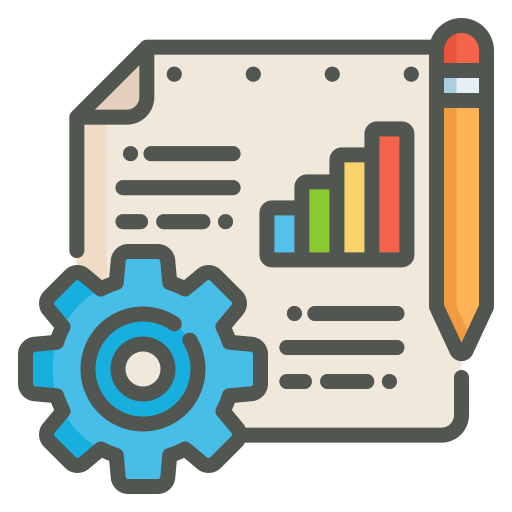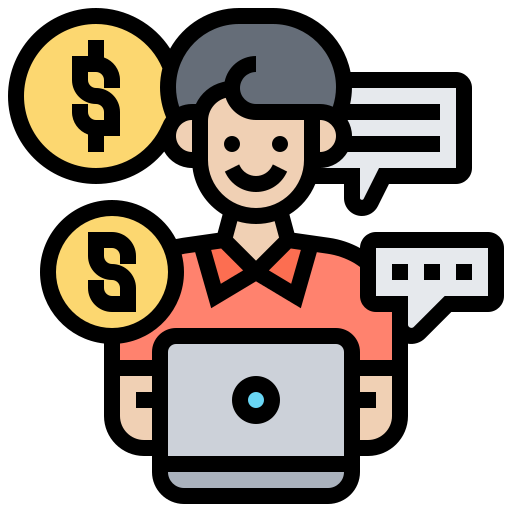Introduction
Artificial Intelligence (AI) is transforming industries worldwide, and the fashion industry is no exception. With the rise of data-driven decision-making, AI has found a significant place in fashion, helping brands optimize their production cycles, predict fashion trends, and improve inventory management. In an era where fast fashion dominates, AI enables brands to stay ahead by providing insights into consumer preferences, reducing waste, and promoting sustainability.
Fashion is a constantly evolving industry, where consumer preferences change rapidly. Traditionally, designers and retailers relied on intuition and historical trends to make
decisions. However, AI brings a scientific approach, leveraging vast amounts of data to predict trends, optimize inventory, and improve customer experiences. From AI-powered design tools to virtual fitting rooms, artificial intelligence is making fashion more efficient, personalized, and environmentally friendly.
AI in Fashion Trend Prediction
- Leveraging Big Data and Machine Learning Fashion brands are using AI-powered analytics tools to monitor social media, fashion shows, and influencer activities to predict the next big trend. Machine learning algorithms analyze large datasets, identifying patterns and emerging styles before they become mainstream.
Case Study: Zara, a leader in fast fashion, utilizes AI-driven tools to analyze real-time customer feedback, social media trends, and purchase data to predict fashion trends. This enables the company to design and produce new collections in just a few weeks, staying ahead of competitors.
How It Works:
- AI scans millions of images from social media platforms like Instagram and Pinterest.
- Natural Language Processing (NLP) analyzes fashion- related discussions and hashtags.
- Predictive analytics determines which styles, colors, and fabrics will dominate the upcoming season.
The ability to predict trends accurately allows brands to reduce excess inventory and minimize waste, leading to a more sustainable fashion ecosystem.

AI-Generated Designs
AI algorithms can now design apparel by analyzing past fashion trends and combining elements from different successful designs. Generative Adversarial Networks (GANs) are commonly used to create new, unique designs that appeal to modern consumers.
Example: Project Muze by Google & Zalando Google collaborated with Zalando to create “Project Muze,” an AI-powered tool that designed outfits based on individual preferences, art influences, and color psychology. This showcases how AI can play a role in fashion creativity. Benefits of AI-Generated Designs:
- Faster design process: AI speeds up the creative process by generating multiple design variations quickly.
- Cost-effective: Reduces dependency on manual designers for concept generation.
- Personalization: AI can create unique designs tailored to individual customer preferences.
AI in Inventory Management and Demand Forecasting
- Reducing Overstock and Understock Issues AI-powered demand forecasting tools use historical data, current market trends, and external factors (weather conditions, economic indicators) to predict demand accurately. This helps brands avoid overproduction and stockouts.
Case Study: H&M uses AI algorithms to track customer behavior, optimize inventory levels, and ensure that only high-demand products are stocked. This strategy reduces waste and enhances profitability.
AI Techniques Used:
- Time Series Analysis: Predicts seasonal demands.
- Reinforcement Learning: Adjusts inventory based on real-time sales data.
- Computer Vision: Monitors stock levels using cameras and image recognition.
2. Automated Warehouse Management AI-powered robots and automated warehouses improve efficiency by streamlining the sorting, packing, and shipping processes.
Example: Amazon’s AI Warehouses Amazon’s AI-driven fulfillment centers utilize robotic arms and AI-powered tracking to manage vast inventories efficiently. These innovations are increasingly being adopted by fashion brands to improve supply chain operations.
Advantages of AI in Warehousing:
- Speed: Reduces order fulfillment time.
- Accuracy: Minimizes human errors in inventory tracking.
- Cost Savings: Reduces operational costs by automating repetitive tasks.
AI in Sustainable Fashion
- Reducing Textile Waste AI helps brands create sustainable fashion by optimizing fabric usage, reducing waste, and promoting recycling.
Case Study: Levi’s AI-Powered Sustainable Manufacturing Levi’s uses AI to optimize denim production, reducing water and chemical usage in fabric processing.
AI Techniques Used:
- AI-powered cutting algorithms: Minimize fabric waste.
- Blockchain integration: Tracks sustainable sourcing.
- Predictive analytics: Identifies the most sustainable materials.
2. AI-Driven Circular Fashion Circular fashion focuses on sustainability by promoting reusability and recycling. AI assists brands in analyzing the lifecycle of products and encouraging second-hand fashion.
Example: ThredUp’s AI Resale Platform ThredUp, an online second-hand clothing retailer, uses AI to analyze clothing conditions, recommend resale prices, and suggest sustainable disposal methods.
AI in Personalization and Customer Experience
- Virtual Try-Ons and AI Stylists With AI-powered virtual try-ons, customers can see how an outfit looks on them without physically wearing it.
Example: L’Oréal’s AI-Powered Virtual Makeup Try-On L’Oréal uses AI and AR to allow users to try on makeup digitally before purchasing. Similar technologies are being used in fashion for trying clothes.
Technologies Involved:
- Augmented Reality (AR)
- Computer Vision
- Machine Learning-Based Outfit Recommendations
2. Chatbots and AI-Powered Customer Support Fashion retailers use AI chatbots to enhance customer service, providing instant responses to inquiries, personalized recommendations, and shopping assistance.
Example: H&M’s AI Chatbot H&M’s chatbot helps customers find outfits based on their preferences, reducing return rates and improving the shopping experience.
AI-Powered Marketing and Social Media Influence
- Influencer Marketing with AI AI tools analyze influencer engagement and audience demographics to find the perfect brand ambassadors for fashion campaigns.
Example: Dior’s AI-Powered Influencer Selection Dior uses AI to select influencers based on engagement rates, audience interests, and conversion potential.
2. AI-Generated Fashion Content AI can generate fashion-related content, from blog posts to Instagram captions, ensuring a consistent brand voice.
Example: ChatGPT in Fashion Blogging Fashion brands use AI-generated content for product descriptions, trend analysis, and customer engagement.
The Future of AI in Fashion
AI’s role in fashion is rapidly expanding, with advancements in predictive analytics, computer vision, and automation leading to a more efficient and sustainable industry. In the coming
years, AI is expected to:
- Enhance personalization through AI-driven fashion assistants.
- Improve sustainability with better recycling and waste reduction techniques.
- Increase efficiency in production and supply chain management.
Conclusion
AI is revolutionizing the fashion industry by predicting trends, optimizing production cycles, managing inventory, and promoting sustainability. As AI technology advances, fashion brands will continue to leverage its power to stay competitive in an ever-evolving market. Whether through AI-generated designs, virtual try-ons, or sustainable practices, AI is shaping the future of fashion like never before.











